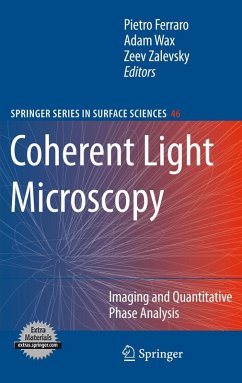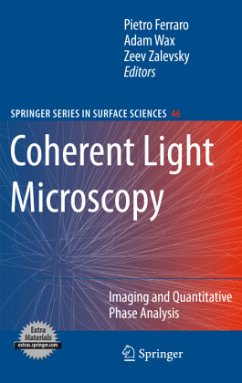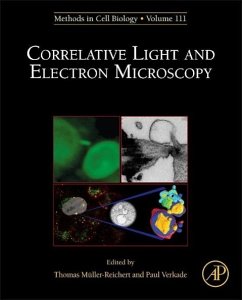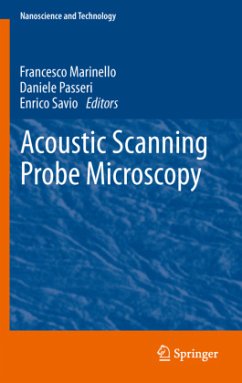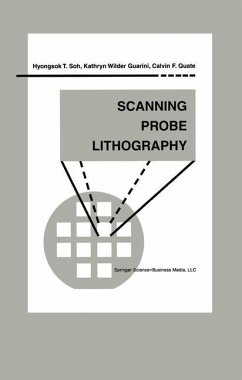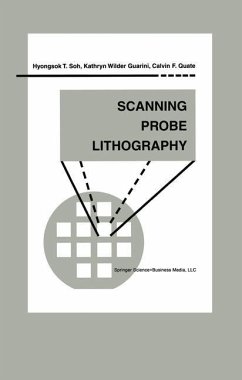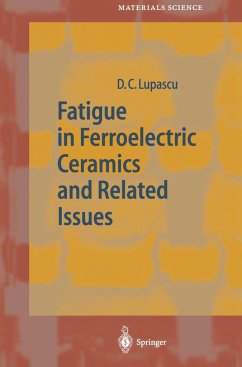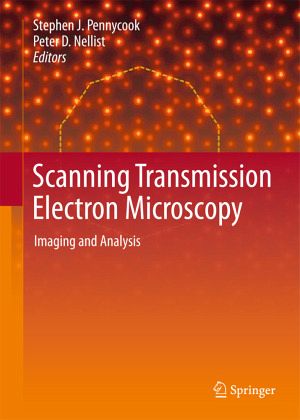
Scanning Transmission Electron Microscopy
Imaging and Analysis
Herausgegeben: Pennycook, Stephen J.; Nellist, Peter D.

PAYBACK Punkte
88 °P sammeln!
Scanning transmission electron microscopy has become a mainstream technique for imaging and analysis at atomic resolution and sensitivity, and the authors of this book are widely credited with bringing the field to its present popularity. Scanning Transmission Electron Microscopy(STEM): Imaging and Analysis will provide a comprehensive explanation of the theory and practice of STEM from introductory to advanced levels, covering the instrument, image formation and scattering theory, and definition and measurement of resolution for both imaging and analysis. The authors will present examples of ...
Scanning transmission electron microscopy has become a mainstream technique for imaging and analysis at atomic resolution and sensitivity, and the authors of this book are widely credited with bringing the field to its present popularity. Scanning Transmission Electron Microscopy(STEM): Imaging and Analysis will provide a comprehensive explanation of the theory and practice of STEM from introductory to advanced levels, covering the instrument, image formation and scattering theory, and definition and measurement of resolution for both imaging and analysis. The authors will present examples of the use of combined imaging and spectroscopy for solving materials problems in a variety of fields, including condensed matter physics, materials science, catalysis, biology, and nanoscience. Therefore this will be a comprehensive reference for those working in applied fields wishing to use the technique, for graduate students learning microscopy for the first time, and for specialists in other fields of microscopy.







